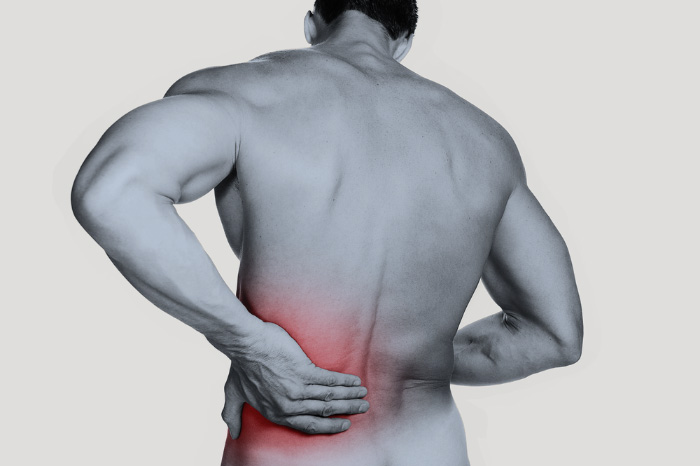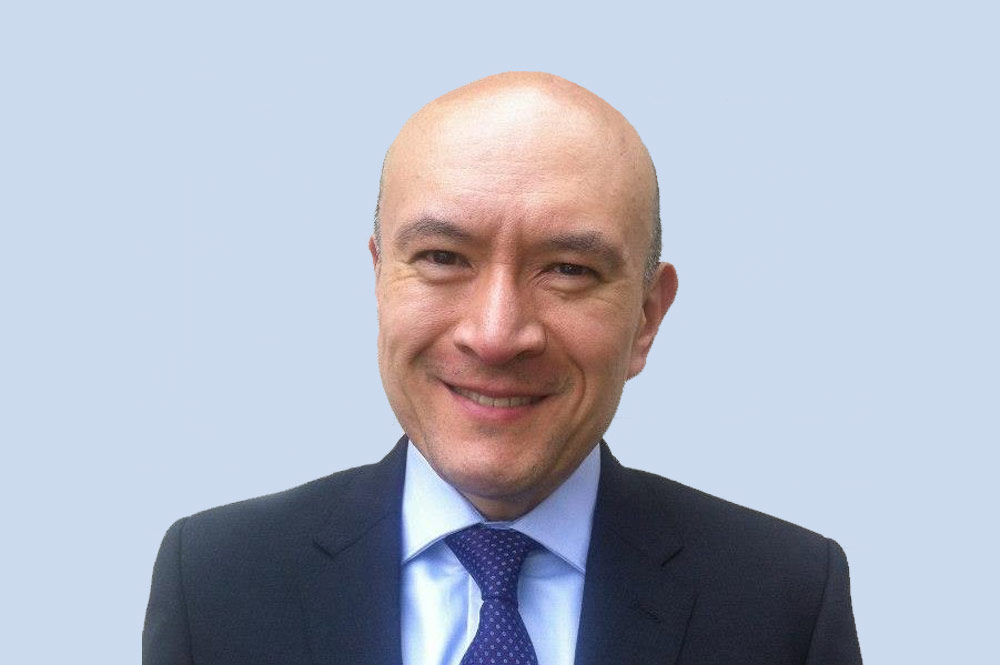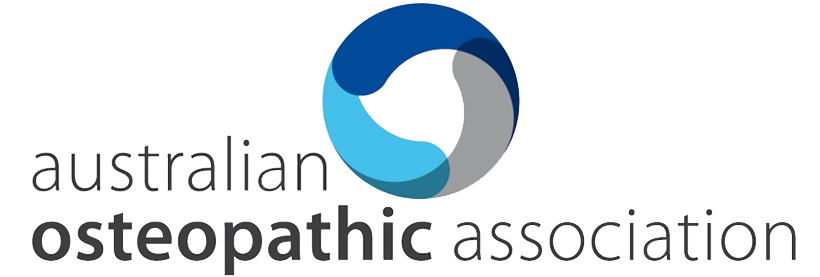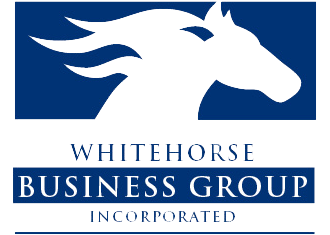How to adapt to Autumn, daylight savings and its effects on your body.
Daylight savings ends on Sunday 2nd of April 2023. Changes like this affect people differently. So, remember to be kind to yourself and do less rather than more to conserve energy over that weekend and week. We are a few weeks into Autumn now. My mother often recalled how my grandfather, a Traditional Chinese Medicine Doctor, described the change of seasons as (a change) “wind” that can affect us. When this happened, he found that patients were more likely to get sick and come in to consult him. As a result, people would come into his clinic in Nicholson St Fitzroy seeking remedies for colds, aches, and pains during this change of season and daylight savings. It still happens today.
Typically, I find that people feel the effects over a week. It can be like jetlag. Sleep may be disturbed, there’s less recovery, and clients come in with a stirring up of their muscles and joint aches and pains. You may need additional help with the change of season. In my grandfather’s case, patients would seek preventative assistance to help fortify their health and ward off sickness before it struck them. He would suggest taking things “a little easier over the next week or so” to conserve energy and adapt to the changes. It is like backing off the throttle in your car as you head into challenges like a set of corners. That also helps reduce the risk of crashing.
We are heading into the school holidays and the start of a new sports season for many. So now is a great time to pick up on any niggles in the muscles and joints before the season gets underway. We’ll be open during the school holidays to care for you, and the days will be limited partly because of Easter, so get in early to reserve yourself a spot.
Much like my grandfather would have suggested, consider conserving energy and redirecting into healing rather than letting injuries and sickness stop you in your tracks and force you to have an unscheduled stoppage in play. So please book an appointment, and let’s develop a plan to keep you going strong.






